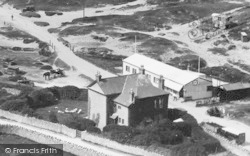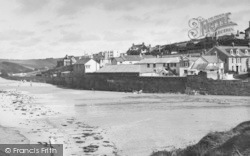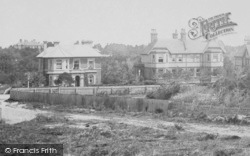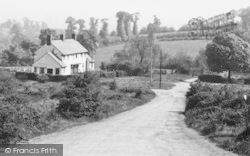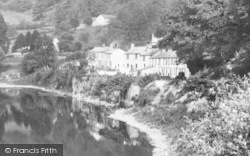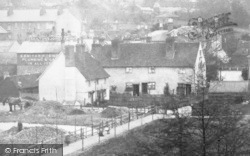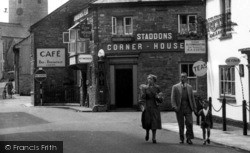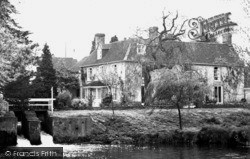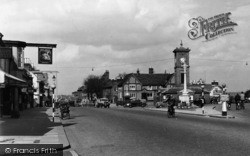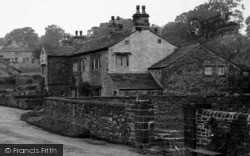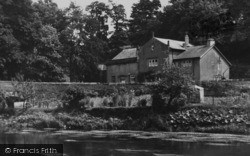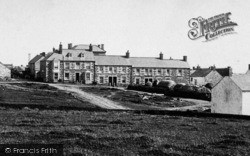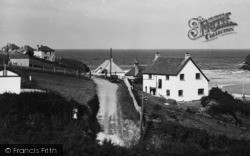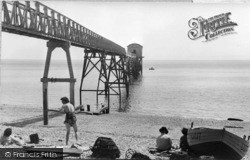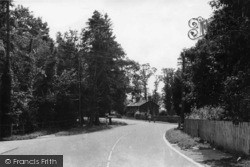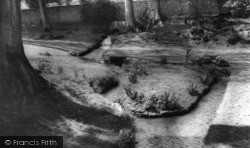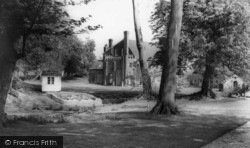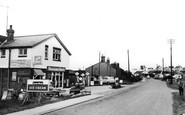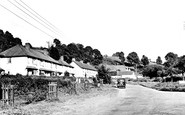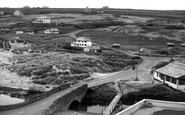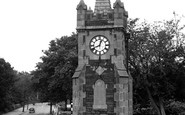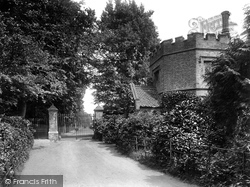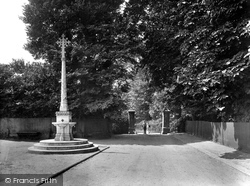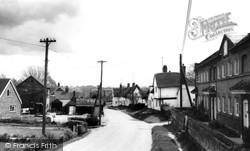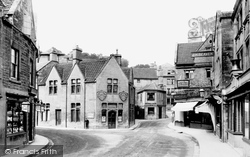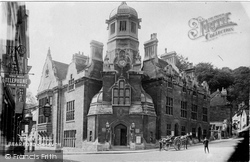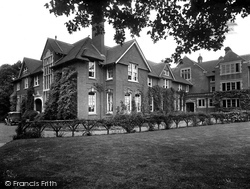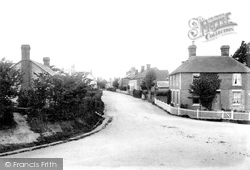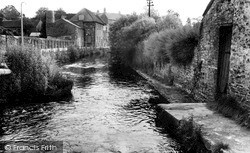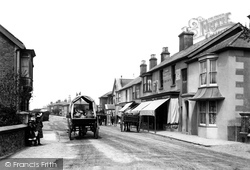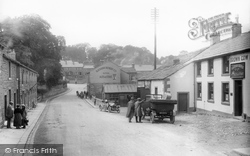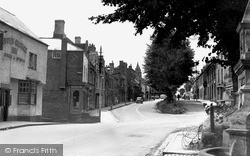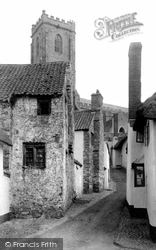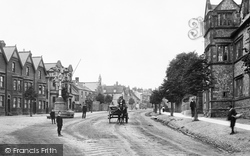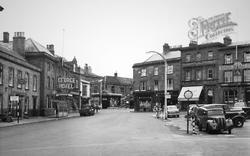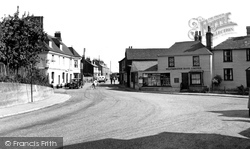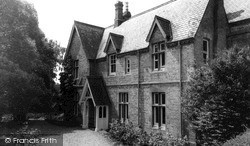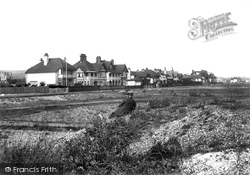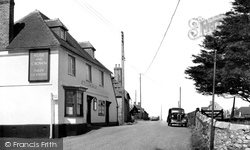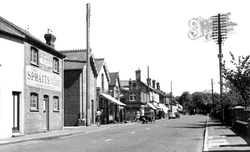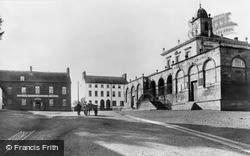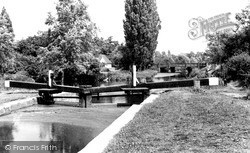Places
36 places found.
Those places high-lighted have photos. All locations may have maps, books and memories.
- Chatsworth House, Derbyshire
- Osborne House, Isle of Wight
- Brambletye House, Sussex
- Ickworth House, Suffolk
- Kingston Lacy House, Dorset
- Boscobel House, Shropshire
- Preshute House, Wiltshire
- Bolton Houses, Lancashire
- Brick Houses, Yorkshire
- Quaking Houses, Durham
- Water Houses, Yorkshire
- Bottom House, Staffordshire
- New House, Kent
- Mite Houses, Cumbria
- Lyneham House, Devon
- Church Houses, Yorkshire
- Dye House, Northumberland
- Spittal Houses, Yorkshire
- Street Houses, Yorkshire
- Tow House, Northumberland
- Halfway House, Shropshire
- Halfway Houses, Kent
- High Houses, Essex
- Flush House, Yorkshire
- White House, Suffolk
- Wood House, Lancashire
- Bank Houses, Lancashire
- Lower House, Cheshire
- Marsh Houses, Lancashire
- Chapel House, Lancashire
- Close House, Durham
- Guard House, Yorkshire
- Hundle Houses, Lincolnshire
- Hundred House, Powys
- Thorley Houses, Hertfordshire
- School House, Dorset
Photos
6,747 photos found. Showing results 4,561 to 4,580.
Maps
370 maps found.
Books
Sorry, no books were found that related to your search.
Memories
10,363 memories found. Showing results 2,281 to 2,290.
The House Called Beverley And The 1953 Spring Tide
My father built the square flat roofed house called Beverley on the sand dunes in the late 1920s next to the bungalow by the creek. It has since had two refurbishments, the first of which ...Read more
A memory of Anderby Creek in 1953 by
Blakesley Manor
I have a picture somewhere of Blakesley Manor, which was demolished in about 1967 and replaced with a housing estate!!! My dad thought that he should have inherited it, but he found out that it was left to his grandparents (who ...Read more
A memory of Blakesley in 1965 by
Looking For Memories Of Watchester Farm In Minster
Does anyone out there have any memories of Watchester Farm in Minster (Isle of Thanet) that they might share with me please? I am a keen amateur genealogist and have found a mention ...Read more
A memory of Minster by
My House My Home
This is Southcombe Terrace, Axmouth. 6-13 Southcombe Terrace was designed by the architect Frederick Kett and built by Bert Warren around 1937/8 for the Stedcombe Estate. My parents, Rock and Olive Real, then in their mid ...Read more
A memory of Axmouth in 1955 by
Childhood In Glanwydden North Wales
Is there anybody out there who lived at or visited the village of Glanwydden, or was a pupil of the local county council school during the period 1937 to 1945?, I attended the local school between 1937 and ...Read more
A memory of Glanwydden in 1940 by
Lovegreen Street
My maternal grandmother lived in Lovegreen Street from around 1900 until 1957 when she moved in with my family in Framwellgate Moor. Her name was Parkinson and I believe her house was the first one as you turned the corner into the ...Read more
A memory of Durham in 1950 by
The Flood
Teresa Clarke's memory reminded me of the flooding of Jan. 1953. I was 9 years old and living in Gwynne Road with my folks. We were boarding at No 44, owned by Mr and Mrs. Carr. They played Crib and he polished the brass in the ...Read more
A memory of Dovercourt in 1953 by
An Apple A Day
Mr and Mrs Smith lived in the first small house on the left as you go up the hill. When I was about 4 years of age I used to toddle over from Kenwyn which was on the other side of the road to visit them. There was an unusual ...Read more
A memory of Mawgan Porth in 1950 by
When I Was Young
When I was young I played in the clock gardens for many hours along with my elder sister Hilary, we made dens and played house. Mum knew where we were as we lived at Sunnybank House in Princes Road. Later on I worked in Kendal ...Read more
A memory of Windermere in 1954 by
Mevagissey Museum
I have many childhood memories of Mevagissey. My parents bought a cottage in Cliff Street, Mevagissey during the late 1950s. We used it as a holiday home until 1965 when my father retired from designing Colt Houses (all timber ...Read more
A memory of Mevagissey in 1969 by
Your search returned a large number of results. Please try to refine your search further.
Captions
6,914 captions found. Showing results 5,473 to 5,496.
This eastern entrance eventually came to be known as Bellgate, since the Bell public house stands further up the hill to the right.
He and his large family had occupied Cheam Park House in the Victorian era.
Beyond Cundys Lane is High Bank, a medieval hall-house; then comes the thatched 17th-century Tudor Cottage and the former post office.
The Royal Oak (centre right) now houses Tillions. The glass shades on the Bradford Boot and Shoe Exchange (left) carry interesting advertisements: men's nailed boots cost from 3s 11d.
The Royal Oak (centre right) now houses Tillions. The glass shades on the Bradford Boot and Shoe Exchange (left) carry interesting advertisements: men's nailed boots cost from 3s 11d.
For many years it occupied various premises in the Close, including Kings House, before moving from the damp, riverside site in 1847, apparently to escape a cholera epidemic.
Seacox is a French chateau- style house built in 1871 for the Goschen family, who were great benefactors of the village; they built a number of cottages for estate staff.
A dye house and two corn mills were there by the mid 17th century. The mill was once owned by Malmesbury Abbey before the Dissolution.
photographer is looking north past the covered wagon with its load of barrels and sacks towards the pedimented gable of the 1868 Wesleyan church on the right; the police station and court house
In our view we are looking towards the bridge over the burn.The Brown Cow public house is on the right.The village is 400ft above sea level.
The charming central Green is overlooked by houses and shops, most of which were built in the late 18th and 19th centuries when local merchants invested wealth made in the maritime
On the left corner is John's Cottage, a late 16th-century stone house with a surviving moulded timber mullioned window facing the photographer.
On the left, beyond the Methodist Church, is a house of 1900 with very early and rare concrete interlocking roof tiles set in a diagonal pattern.
This view in the Market Square gives a good idea of the town's high-quality Georgian and early 19th-century stone houses.
The Five Bells public house is on the corner of Bells Lane, on the left, and further along, the building with the balcony is the former Victory Inn.
Modernised in the 1950s with a new wing added, it provides a very homely house. Some of the additions can be seen to the rear.
Only the distant building with roof dormers, the Citadel, the house and the Lamb Inn on the right now remain.
In 1845 Goddard gave his fine Georgian house to the Church as a vicarage. Today it is occupied by a firm of solicitors.
Besides the botanical collections there are a number of superb buildings, including Sir William Chambers' Chinese Pagoda of 1761 and Decimus Burton's stupendous Palm House of the 1840s, which is 360 feet
A variety of houses and bungalows - some with verandas and balconies - are serviced by a rough shingle track. A gentleman is sheltering from the wind on the shingle bank.
Today, once away from these few houses, you cannot avoid the dominating presence of the Isle of Grain power station chimney.
Handcross Park house is now a school. The buildings in the photograph are little changed today. The village was by-passed in 1959.
The Court House overlooks a square which was once alive with traffic. As well as the Mail Coach, there were several private coach companies running between Dublin and Belfast.
Of the 11 locks on the Chelmer & Blackwater Navigation, this is something of a halfway house. It stands just upstream of the road to Hatfield Peverel, in an area sometimes known as World's End.
Places (80)
Photos (6747)
Memories (10363)
Books (0)
Maps (370)


